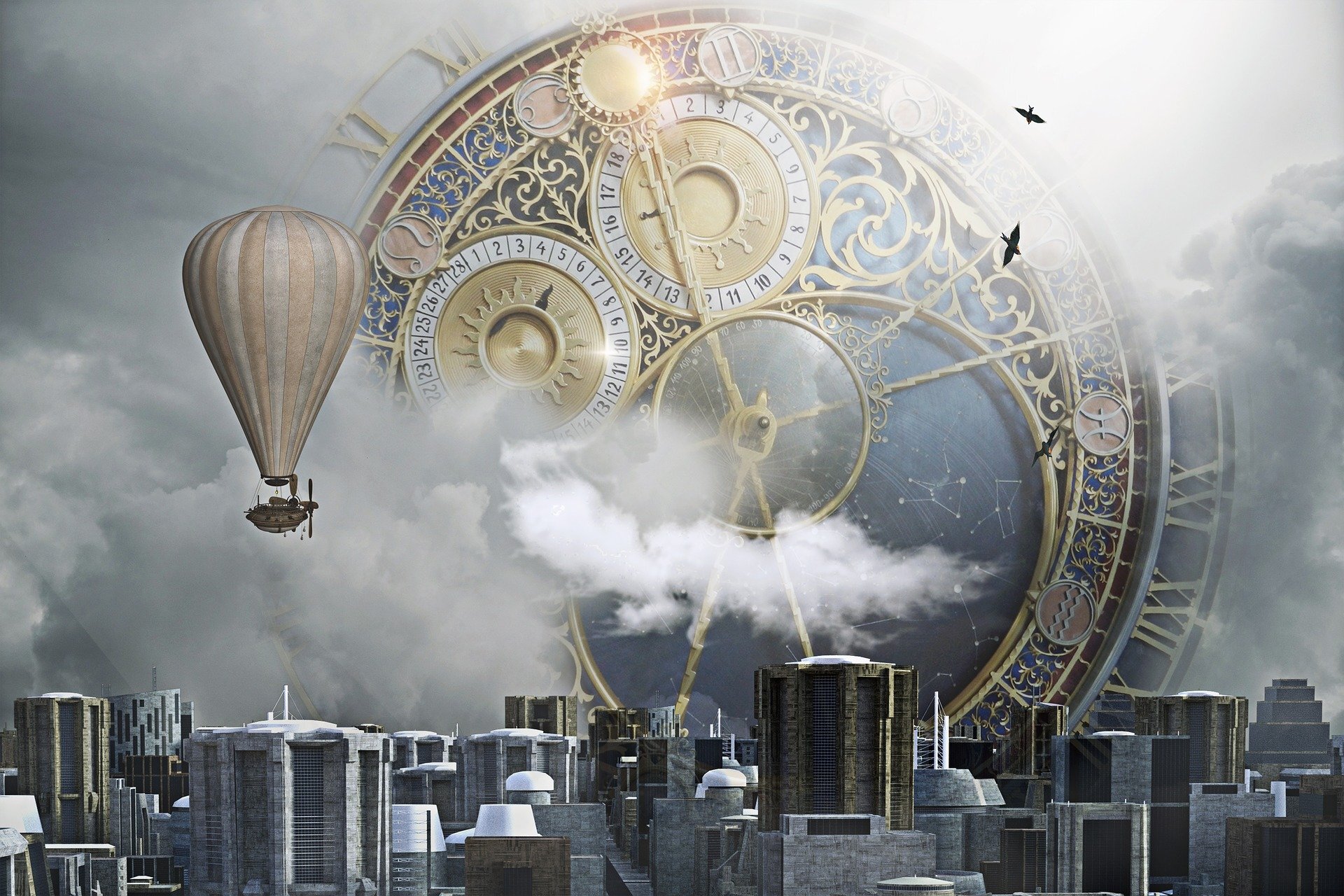By Cyanna Rosa
Musicologist David Paul examines the role of music and other entertainment mediums in American identity and pop culture.
David Paul, Professor and Vice-Chair of the Music Department at UC Santa Barbara.
The UC Santa Barbara professor is currently completing a new book that looks at media portrayals of the historic Chicago World’s Fair over time – in song, film, books and even video games – to explore changing American attitudes. It is provisionally titled, “After the Ball is Over: Memorializing the 1893 World’s Columbian Exposition in Popular Media.”
The World’s Columbian Exposition of 1893 marked the start of enhanced entertainment, technology, and invention. The exposition brought excitement to visitors as novelty pervaded the city, with the Ferris Wheel, electricity, and souvenir music that celebrated 400 years of colonialism. At the time, Americans viewed industrialization as positive progress, improving city life. Now, more than a century later, Americans have connected industrialization to negative socioeconomic developments.
As a Canadian, Paul has always been fascinated with the legacies of American culture, both good and bad. He says the Columbian Exposition provided a lens to help him reveal the history of American pride.
Paul recently sat down for a virtual interview to discuss his upcoming book about the public perception of 19th century music and entertainment through media over the past century, including attitudes about race.
The World’s Columbian Exposition of 1893, also known as the Chicago Word’s Fair.
Q: Tell us about your tentatively titled book, “After the Ball is Over: Memorializing the 1893 World’s Columbian Exposition in Popular Media.”
A: My book is about how the World's Columbian Exposition was portrayed in the media from the late 19th century to today. It is a reception history. I look at the differences in popular media throughout the span of 100 years. At this exposition, Americans could display their industrial resources and arts, making tentative steps in the world of imperialism. I harken back to what this exposition meant for Americans at that time. In my book, I show how the meaning of the exposition shifts and why.
Q: What are some of the research findings you believe are essential to understand the culture shift to the America of today? And how has retro sci-fi steampunk made its way from the Chicago Fair to our time?
A: In the 19th century, the public visited the exposition with excitement and thrill. The future of the city was seen in a positive light with very few critiques. Today, there is nostalgia but also an acknowledgment of how flawed we are as a people.
An image portraying the steampunk aesthetic, by Enrique Meseguer.
Steampunk aesthetics within video game culture is just one of the ways the Exposition has dominated the media of today. Steampunk is a theme of science fiction that incorporates design of 19th century industrial technology. There is nostalgia for this older form of technology yet more critique of American culture as issues of race come up in current video games, namely, “BioShock Infinite.” The game illustrates the mistreatment of African Americans during the fetishization of the Founding Fathers. The 19th century ironically idolized the Constitution at the expense of others' rights and freedoms.
Q: What are you currently working on?
A: I am working on an article that deals with stage shows in the late 19th, early 20th century when African Americans first performed on mainstream stages. This article is a chapter from my book. There were limitations to what African Americans could do on the Exposition stages, reinforcing racism from the minstrelsy traditions of the early 19th century. We find the same thing today with limitations on the roles that Black, Asian, and Latino actors can play as well.
Cyanna Rosa is a third year UC Santa Barbara communication major. She conducted this interview for her Writing Program class, Journalism for Web and Social Media.




